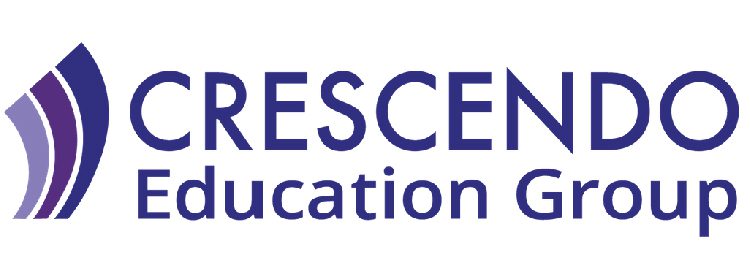Mohammed, Middle School Social Studies Teacher
Rubrics reinforce the concept that all students can achieve.
“I’ve realized that the expectation isn’t always clear for students. I might know exactly what I want students to do, but somewhere along the line, they didn’t get it. Or someone wasn’t paying attention. Or they’re 12, and they just weren’t listening. Or they listened and they completely forgot. There’s a lot of reasons why they’re confused as to what they’re supposed to be doing. It was always frustrating to me. Rubrics were essential. They solidify what the expectation is. Exactly what they need to do is right in front of them.
When I’m grading with rubrics, it also takes away much of the bias. When you’re looking at papers and it’s, ‘This kid, he tried really hard,’ you can become lenient with grades and you’re not actually grading what’s in front of you. The rubric helps me, as a teacher, to not do that. It provides the most objective grading, and the grading becomes more consistent. If I just look directly at the rubric and grade the work, it doesn’t matter who it’s from.
Plus, Rubrics reinforce the concept that all students can achieve.if students turn something in and they don’t get a good grade, it’s very easy to say, ‘Look at the rubric and look at what you did, tell me what’s wrong, and fix it.”
Join Our Community
Sign up for our quarterly newsletter to stay connected, informed, and empowered to grade more equitably and to increase all students’ opportunities to succeed. We share company updates, relevant news articles, podcasts, and other stories or experiences from our teachers, leaders, and partners.

